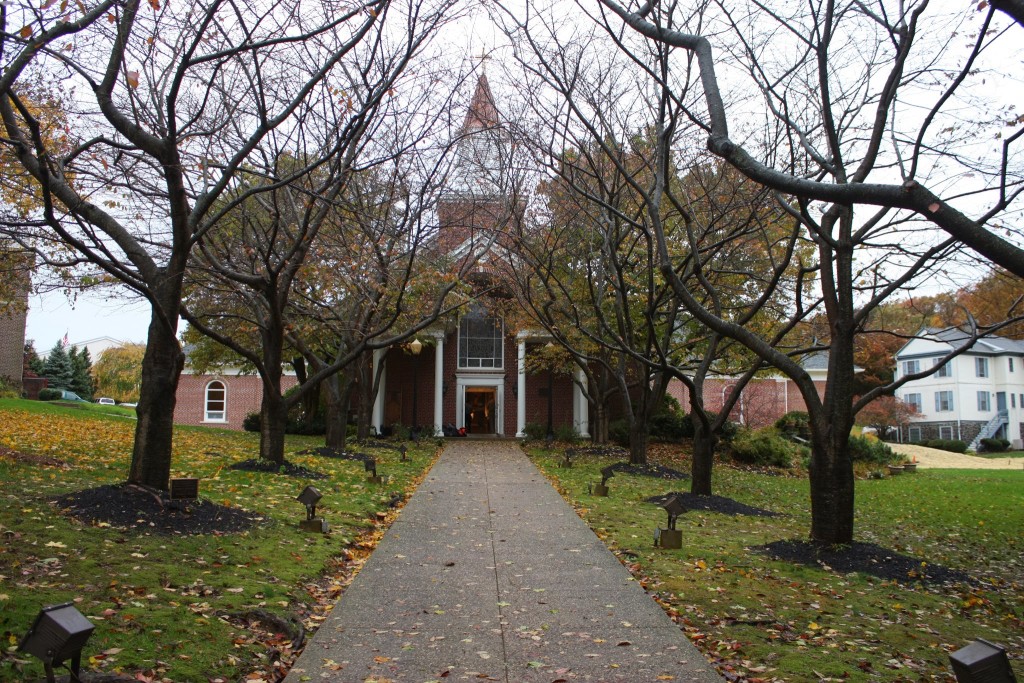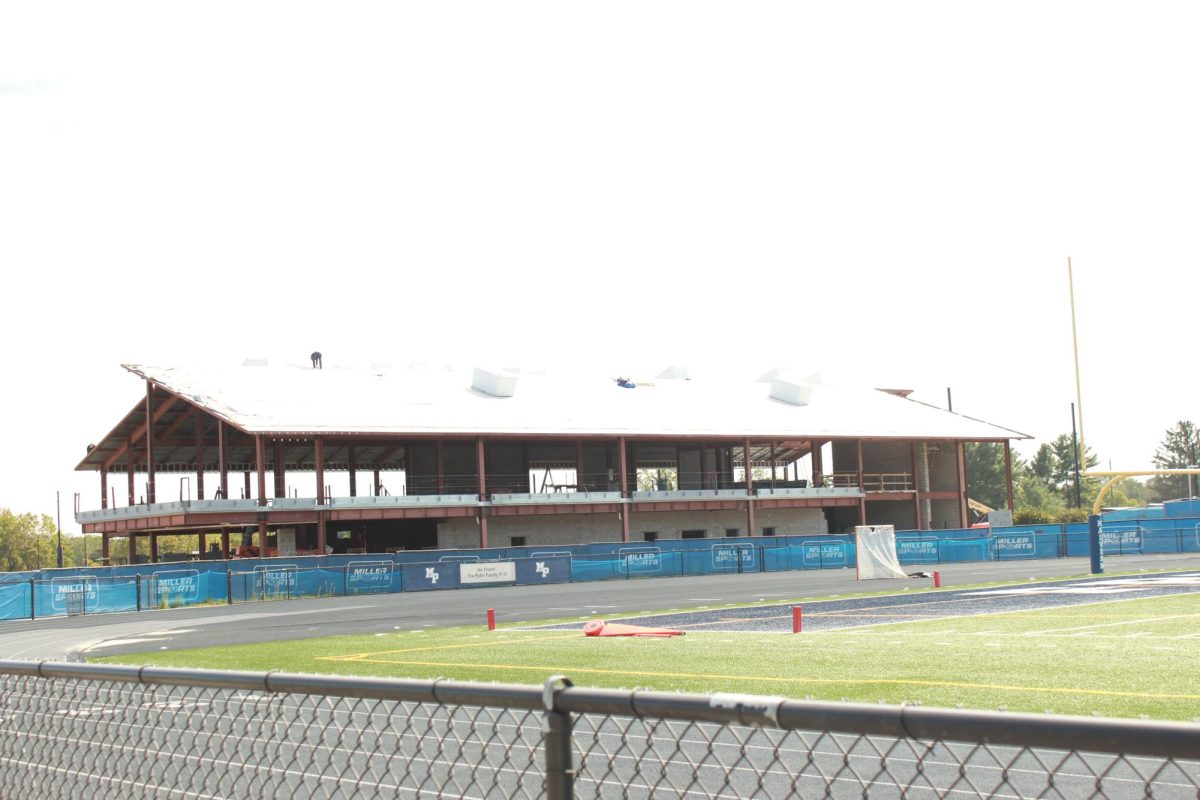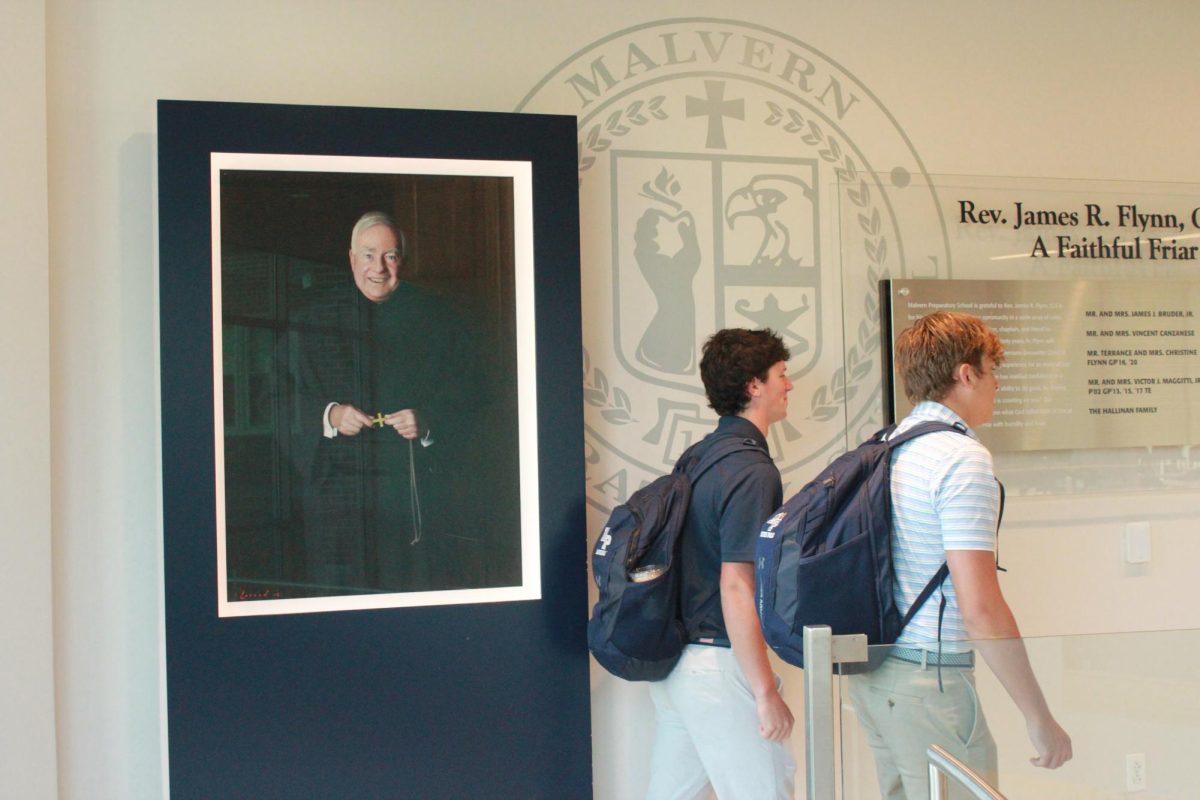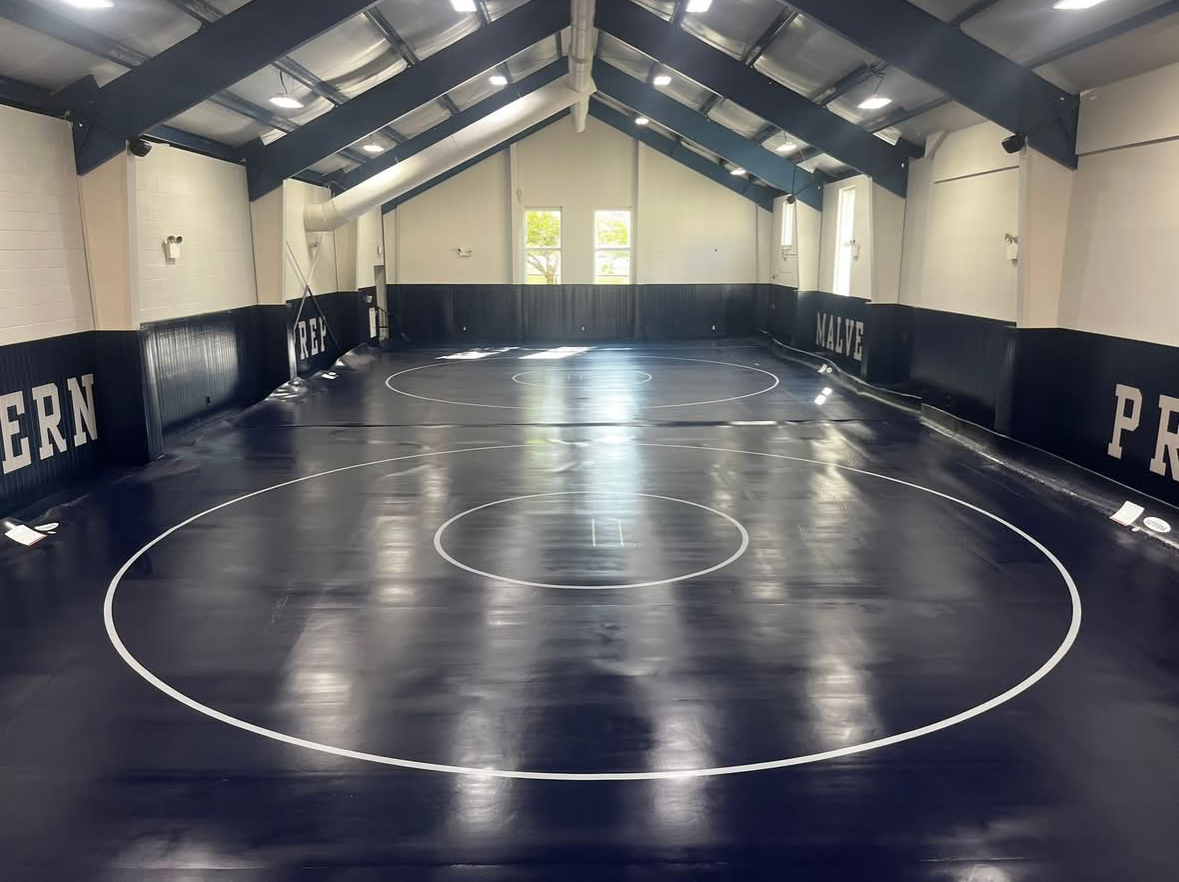A primer on what Malvern tuition covers and why it keeps going up
“What am I even paying for?”
“What do you mean the tuition doesn’t cover the full cost of the student?”
“That’s a thousand dollars more than it was last year!”
You and your parents pay for the chance to go to Malvern, but do you know what you are paying for? Do you know what your x-thousand dollar tuition is going towards? Did you know that there are millions of dollars that Malvern invests which they never touch, but instead, use only the interest? If you do not know the answers to these questions, you will after reading this!
When you think of a school’s finances, you most likely immediately think of the main money you (and your family) contribute: tuition. Before we can break down, analyze, and compare tuition, we must first know what tuition actually is.
We asked Mr. Ted Caniglia, Director of Finance and Facilities, if he could give us a clear definition. Tuition is essentially the money you pay to the school so that it is able to give you an education in return.
“67% of the school’s expenses are salaries and benefits for employees here at Malvern,” said Mr. Caniglia. “The other 33% is comprised of financial aid, development expenses, athletics, utilities and maintenance fees, student activities, and direct instructional supplies.”
“So then if we pay x amount of dollars during our current year, why does x increase each year?” The fact of the matter is, tuition is a cost, and a cost deals with economics.
“Tuition increases at Malvern each year because it has to,” according to Mr. John Ostick, Economics teacher. Ostick explained that this is because of two main reasons. The first, and largest, is the cost of labor. In the last 10 years in the United States, labor wages for businesses and schools has gone up 2-4%. This especially was prevalent in the educational field. In Catholic schools in the 1950’s, almost all the classes were taught by nuns, priests, etc. Since then, there has been a huge decline in the number of vocations. So in the past 25 years, most labor costs in Catholic schools [like Malvern] have been from the increase in hired lay people. According to Ostick, an institution has to pay more to support lay faculty and their families, as opposed to paying less for someone who is in the order.
And today, with more focus on the best people with the most experience, schools are required to pay teachers more for their talents.
On top of that, you have the cost of energy, which has risen greatly in the past 5 years.
The cost of tuition, according to Mr. Ostick’s explanation, is merely another aspect of the world around us. Tuition has to stay current and in touch with the world and financial situations around it, so it always has to increase as prices get more expensive. If tuition stayed constant each year, there would not be enough money to fund the school.
But this leads to the question of how much our tuition increases each year. Mr. Caniglia provided us with the percentage increases for each grade in the 2014-2015 school year:
How does Malvern’s tuition increase stand up against its peer schools? In reality, Malvern’s increase may appear to be a lot, but relative to the schools around it, its dollar increment is towards the bottom end of the spectrum. Mr. Caniglia provided a comparison of Malvern’s increase to the other schools in the Inter-Ac and region for the 2013-2014 school year.
It is easy to see that our rise in tuition in 2013-2014 was not that bad. In fact, it appears that we are in the bottom three notable schools on this list for tuition increase [excluding Archmere, which is in Delaware].
“Our biggest competitors are Saint Joseph’s Prep and LaSalle College High School,” explained Mr. Caniglia. “As you can see by the statistics, we are, for the most part, on par with their increases.”
Malvern’s 2013-2014 tuition increase was $950 – $250 higher than St. Joe’s $700. However, the St. Joe’s average class size is approximately double that of Malvern’s. Malvern is currently at its maximum enrollment, and the administration has decided that’s what it is going to stay (for now).
Even though a plethora of costs are paid for through tuition, factors like energy use and teacher salaries do not seem like they directly apply to students. One factor that does directly impact you is a topic we have been discussing a lot this year. According to Mr. Caniglia, 100% of 21st Century expenses comes out of tuition. Whether you absolutely love the new changes at Malvern, or abhor every single last one of them, you are paying for them in their entirety.
When it comes to money (especially when youare the one paying for it), things can be confusing. It becomes more confusing when people mix up terminology. For instance, you might ask, “Why am I paying so much for Malvern when the school has millions of dollars in its endowment?”
To explain the difference between tuition and endowment, I turned to a source close to me.
“Tuition and endowment are two completely different things,” said Nell Stetser, Principal of Waldron Mercy Academy. “Your endowment is money that you don’t touch. It’s money that you invest. You’re putting the money aside, and every year, you use the acquired interest to fund things like financial aid.”
“If Malvern has a polymillion dollar endowment, they’ll make a lot yearly off the interest, and be able to give more aid to current and prospective students,” noted Mrs. Stetser.
When it all boils down to it, Malvern is a business. There are different levels of administration, there is a Board of Trustees which oversees operations, the teachers are the employees, and the students are the customers. Each one functions for the benefit of the other, and in the end, the money put forth by all the different factions turns out to run one heck of a school.
So the next time you wonder “Why am I paying this?” just know that your money is funding a lot more here at Malvern than just your four year education.
















R. Poce • Jun 4, 2014 at 8:08 am
The article is well written and balanced. Nice work Andrew and The Friar’s Lantern staff!